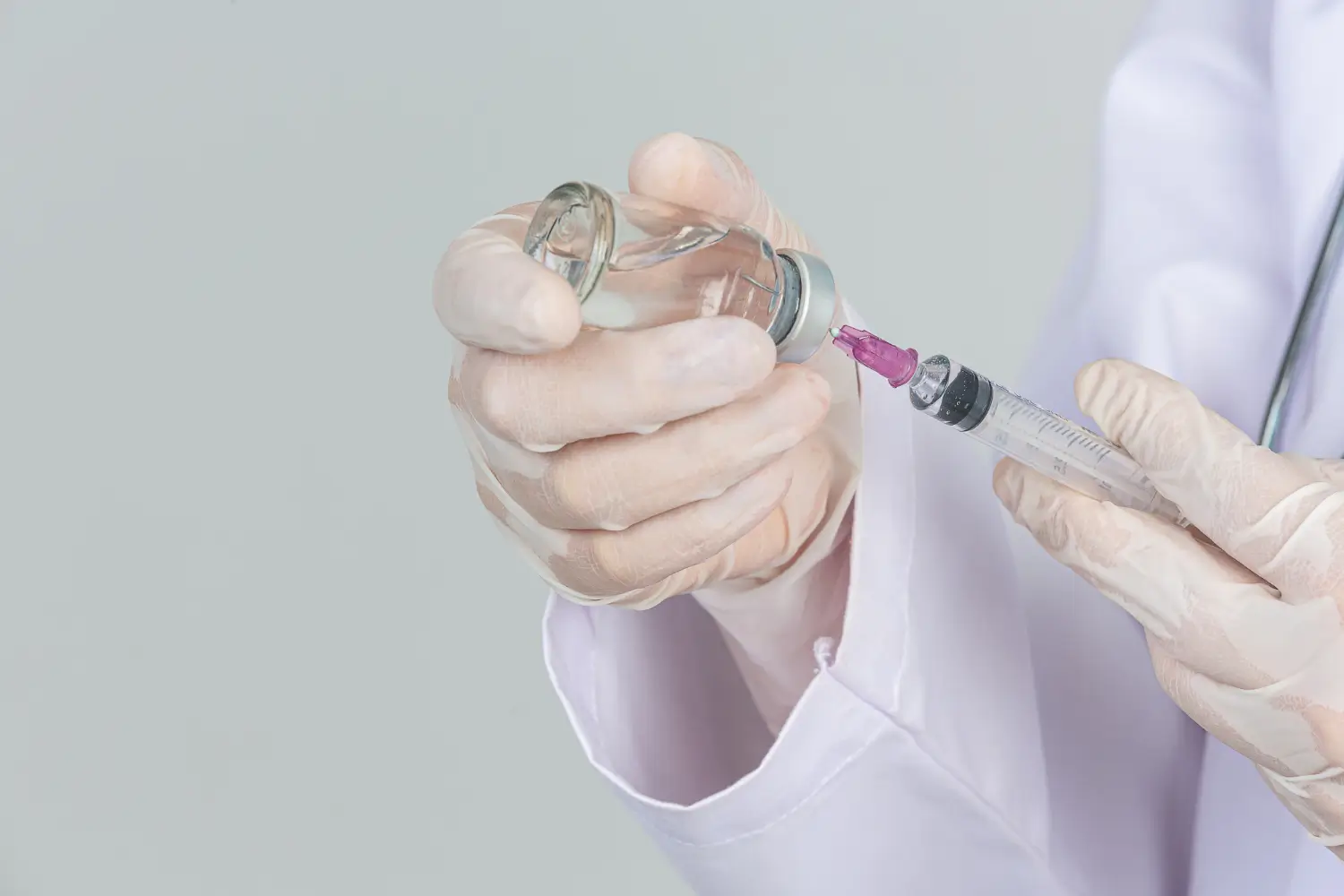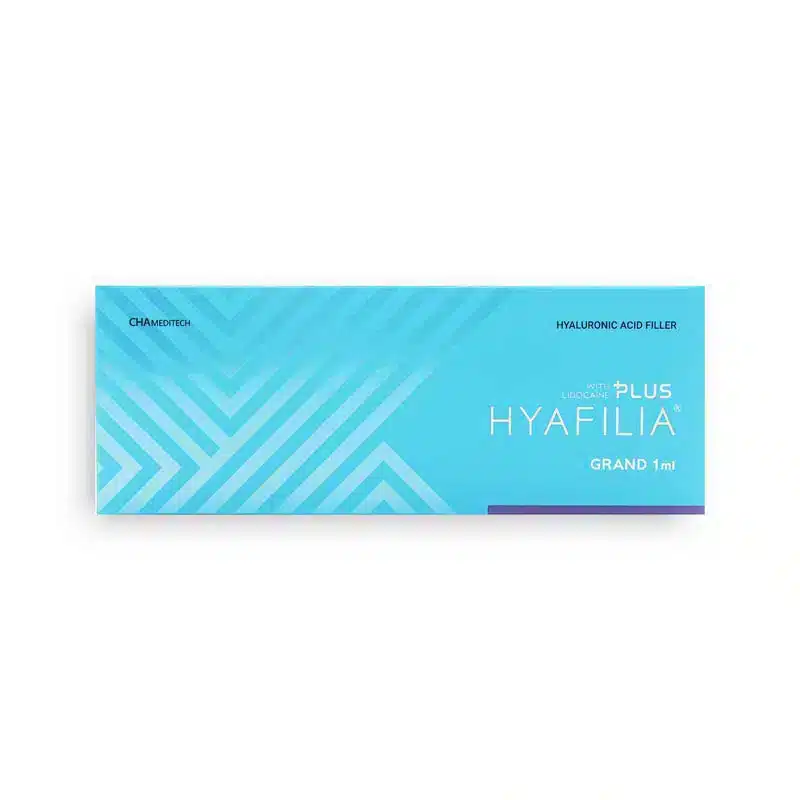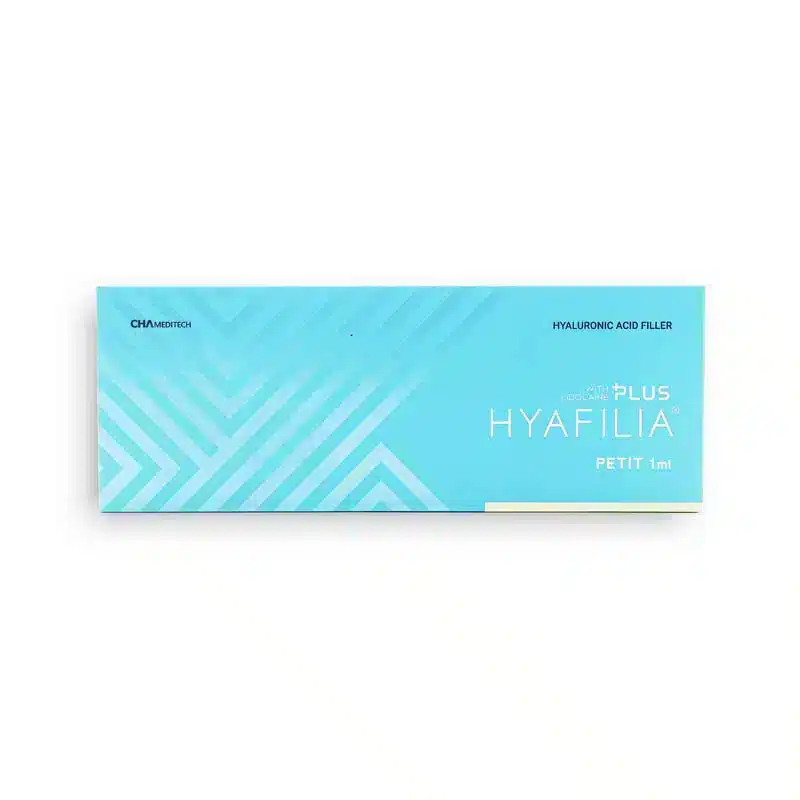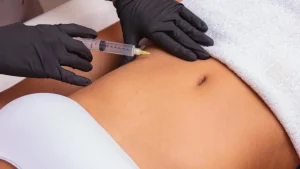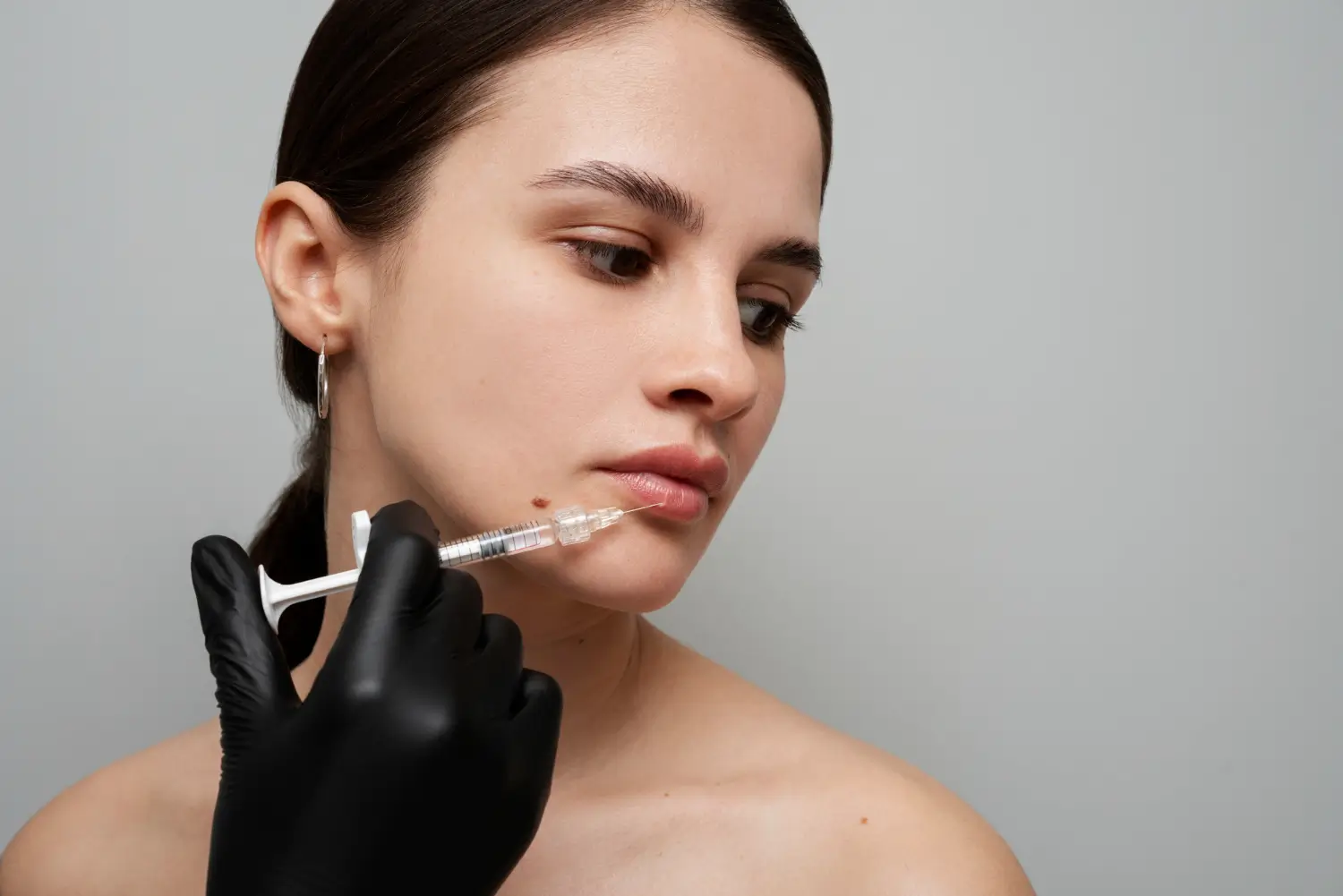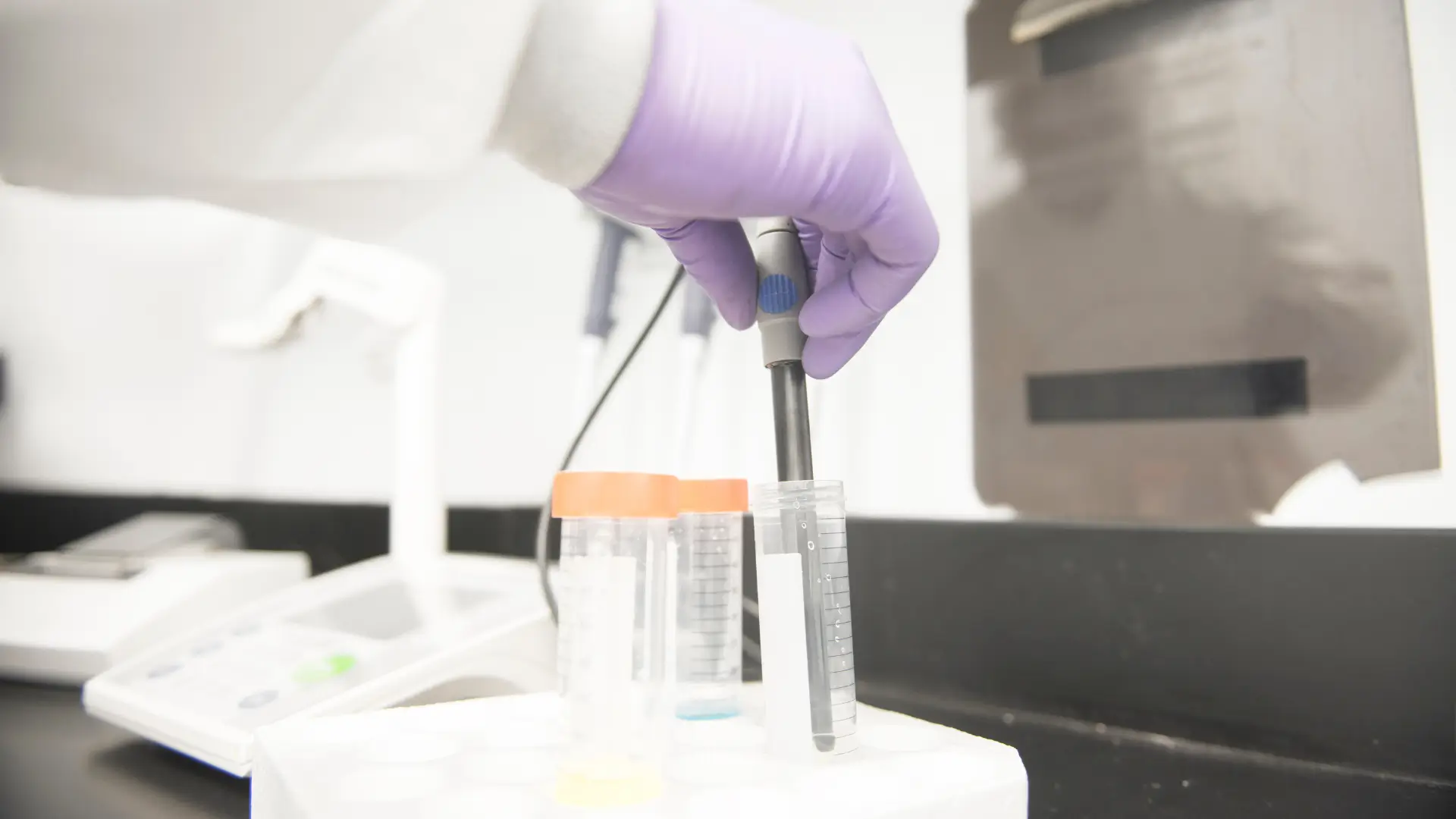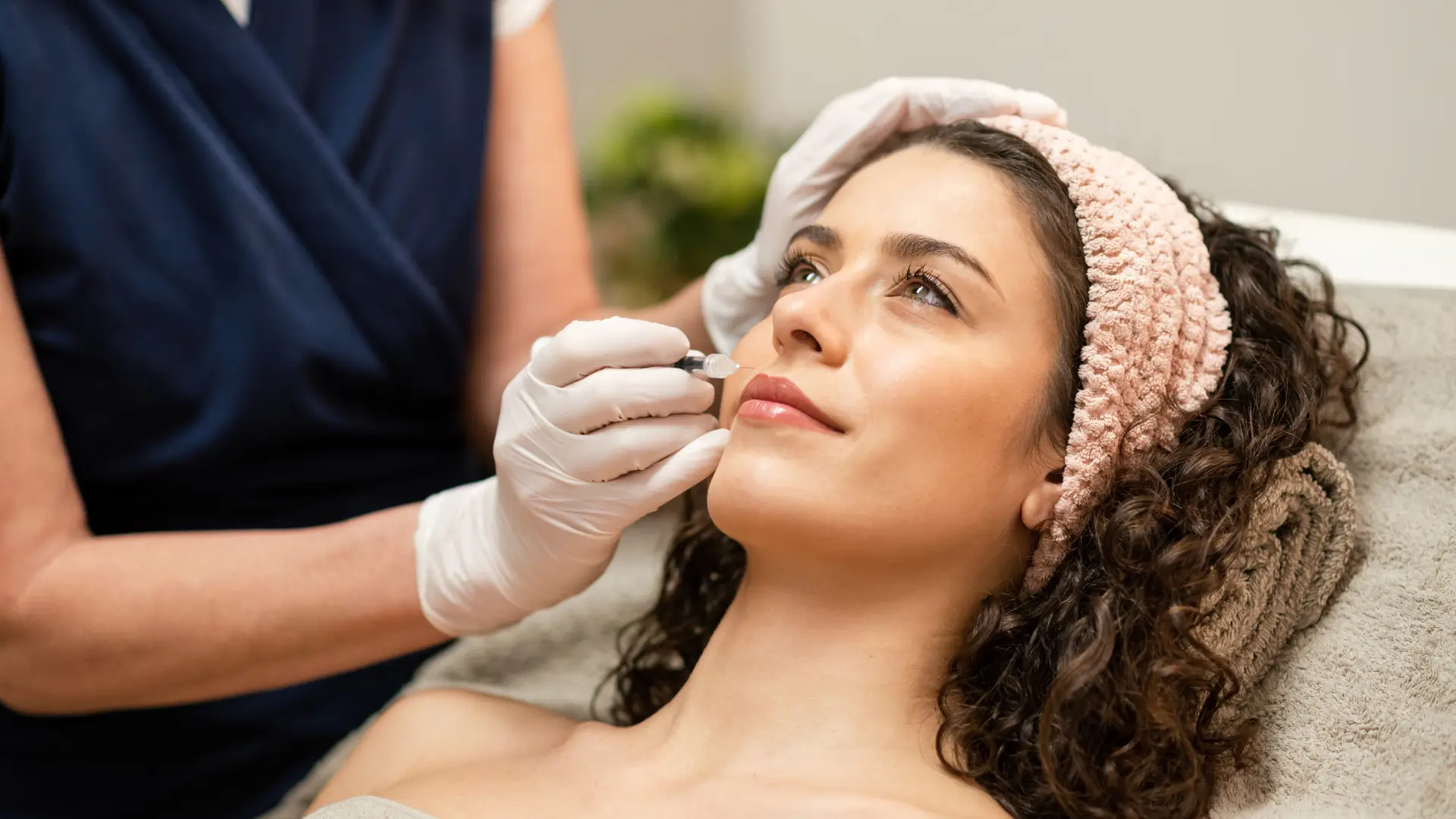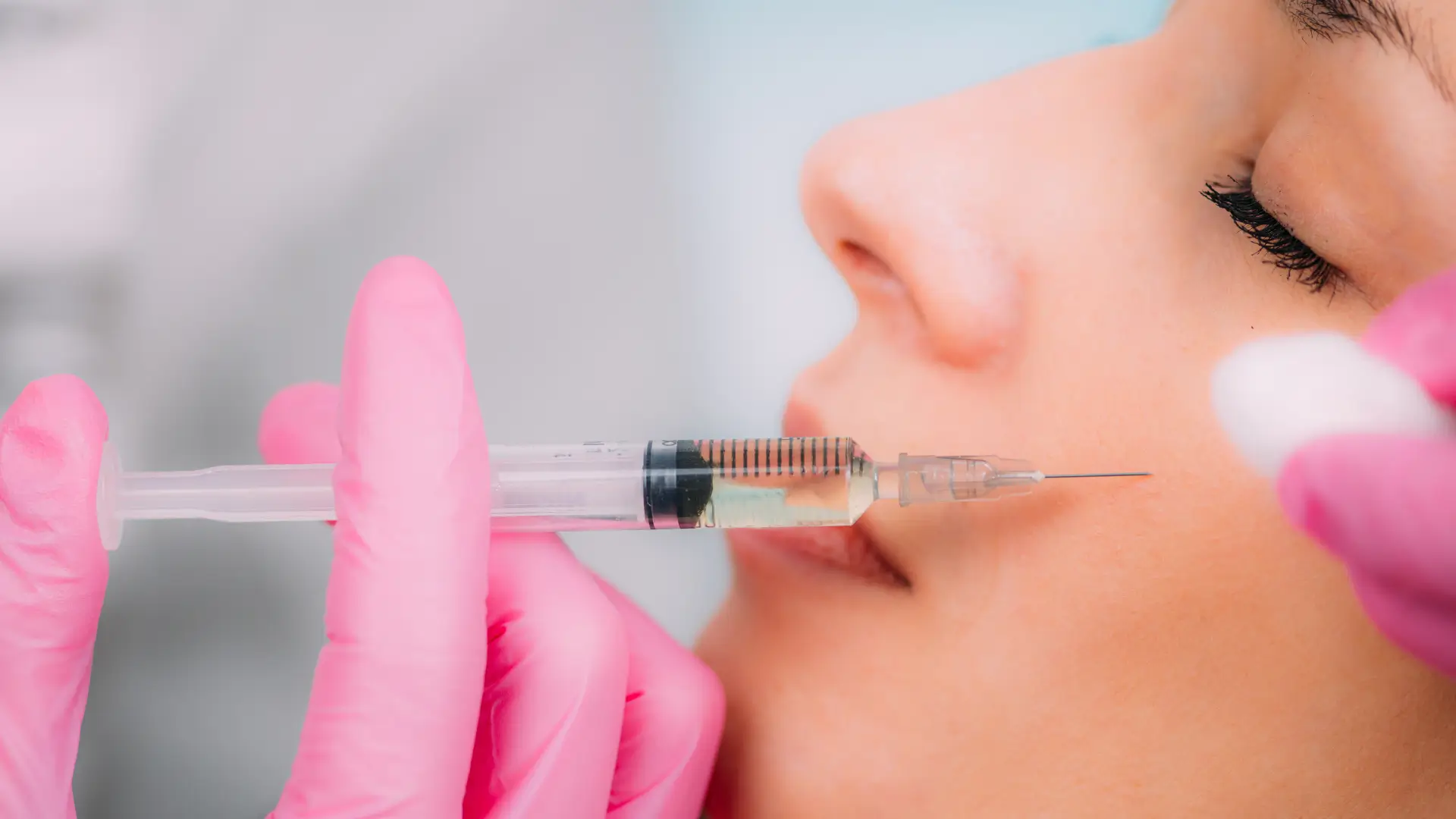Did you know that the U.S. Food and Drug Administration (FDA) approves dermal filler injections only for adults aged 22 years and older? The FDA regulates the use of these minimally invasive injectables to ensure they are safe and effective for addressing various aesthetic concerns, such as restoring volume, reducing wrinkles, and correcting facial contours.
When considering dermal fillers, it’s essential to check whether the product has FDA approval or a CE mark, as these certifications ensure safety and can affect the treatment’s cost. Hyafilia offers a range of dermal fillers designed to address a variety of facial aesthetic needs. However, patients need to be fully informed about the product’s regulatory status and to ensure that the practitioner follows all local guidelines for its use.
This article will explore Hyafilia fillers, the FDA approval process, the fillers’ FDA approval status, and practitioners’ approach to Hyafilia injections.
Key Takeaways
- FDA approval indicates that a high-risk medical product, like a drug or medical device, has successfully undergone and passed the FDA’s pre-market review and approval process.
- Dermal fillers, such as Hyafilia, fall under Class III, requiring the most stringent review process through Premarket Approval.
- Manufacturers must comply with various regulatory requirements, including device registration, adherence to Quality System regulations, and compliance with FDA labeling standards.
- Currently, the Hyafilia manufacturer still needs to provide updates on the FDA approval status of their dermal fillers.
- Practitioners must inform patients and obtain consent when using Hyafilia as an off-label product to ensure safety and satisfaction.
About: Medica Depot is your trusted all-in-one supplier, offering a range of high-quality medical injectables and supplies. Buy Hyafilia wholesale at Medica Depot today! Whether for health professionals, plastic surgeons, dermatologists, licensed estheticians, or other specialists, we can offer genuine, brand-name products you may need. With Medica Depot, we prioritize serving you better to improve the patient’s quality of life.
Understanding FDA Approval Process
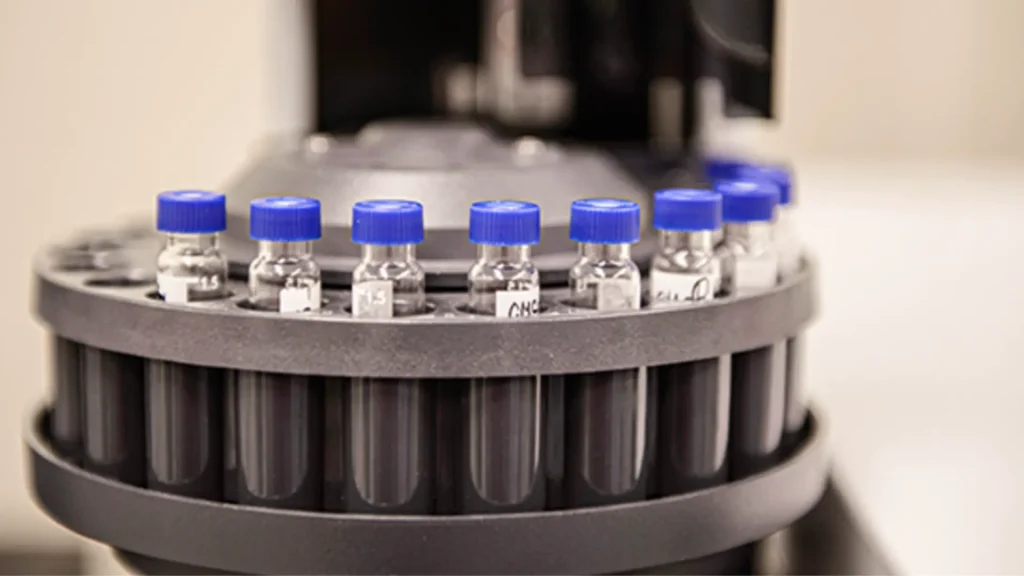
The U.S. Food and Drug Administration (FDA) plays a crucial role in regulating medical devices and drugs, ensuring that they meet stringent safety and efficacy standards before they are made available to the public. FDA approval indicates that a high-risk product, such as a dermal filler, has passed thorough scientific evaluation and meets the requirements for safe use in medical treatments.
Medical devices in the U.S. are categorized into three risk classes by the FDA:
- Class I (low risk)
- Class II (moderate risk)
- Class III (high risk)
Dermal fillers fall under Class III, meaning they require the most rigorous approval process. This process, known as Premarket Approval (PMA), involves multiple stages, including extensive clinical trials and reviews.
FDA Approval Process for Dermal Fillers
- Device Discovery and Concept: Initial design and formulation planning of the filler.
- Pre-Clinical Research: Evaluation of fundamental safety and efficacy in animal models.
- Pathway to Approval: Conducting human clinical trials to evaluate the filler’s performance.
- FDA Review: Review all clinical trial data to ensure they meet safety standards.
- FDA Post-Market Safety Monitoring: Continuously monitor for adverse effects through post-approval surveillance.
Manufacturers must also comply with additional regulatory requirements, including device registration, adherence to Quality System Regulations (QSR), and following FDA labeling standards. These steps ensure that dermal fillers are not only effective but also safe for use in cosmetic treatments.
The FDA approval timeline for dermal fillers can vary, typically taking several months to years. This depends on factors such as the complexity of the product, the results of clinical trials, and the thoroughness of the review process.
Hyafilia FDA Approval Status

Currently, CHA Meditech, the manufacturer of Hyafilia fillers, has not provided any official information regarding the FDA approval status of its products. While the Hyafilia SMV fillers have received CE certifications, which indicate that they meet the safety and efficacy standards required for the European market, Hyafilia filler reviews suggest that the product is well-regarded for addressing facial aging concerns, such as wrinkles and volume loss.
Due to the lack of publicly available information on the FDA approval process, it remains unclear when or if Hyafilia fillers will undergo the rigorous evaluation required by the FDA. To meet U.S. market standards, CHA Meditech must conduct comprehensive clinical trials and submit the data to the FDA for review. These trials would evaluate the safety and efficacy of the fillers, as well as their long-term effects.
In order to increase market access and build greater trust with both aesthetic providers and patients, obtaining FDA approval is crucial for Hyafilia fillers. Such approval would not only help ensure compliance with U.S. regulations but also enhance the product’s credibility in the competitive dermal filler market.
Practitioner’s Approach to Using Hyafilia
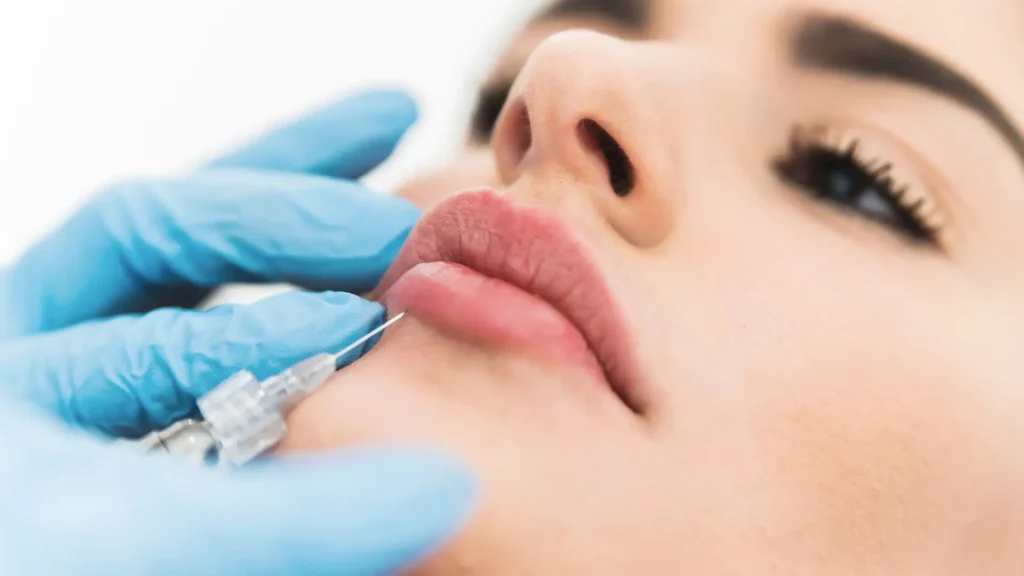
In regions where FDA approval or other regulatory certifications are still pending, practitioners must follow local regulatory guidelines and adhere to Hyafilia’s recommended administration techniques. They must also stay informed about the product’s safety profile, efficacy, and any updates regarding its approval status.
If Hyafilia is used as an off-label product, practitioners must inform their patients of this status and obtain informed consent to ensure transparency regarding potential risks and benefits. This is crucial for patient safety and satisfaction, as the ethical implications of using a non-FDA-approved product must be carefully considered and be in line with local laws and regulations.
While CE certifications and positive Hyafilia filler reviews suggest the product’s effectiveness, many practitioners may prefer to avoid using non-FDA-approved fillers to minimize potential complications. Before incorporating Hyafilia fillers into their practice, providers should thoroughly assess the product’s safety profile, administration techniques, and effectiveness.
Although Hyafilia has demonstrated similar results in wrinkle reduction and volume restoration compared to other hyaluronic acid fillers, practitioners and patients need to be aware of potential Hyafilia side effects. Common temporary reactions may include:
- Pain
- Bruising
- Swelling
- Redness
Patients must always seek the expertise and guidance of aesthetic practitioners to ensure their chosen treatment’s safety, suitability, and efficacy. These practitioners can create a tailored treatment plan for each patient and equip them with comprehensive information about the treatment. Furthermore, practitioners must weigh all these factors when considering its use.
Conclusion
Despite positive reviews and certifications, Hyafilia fillers must take the necessary steps to obtain FDA approval to further establish their safety and efficacy in the U.S. market. In the meantime, practitioners using Hyafilia should remain vigilant, stay updated on the product’s regulatory status, and ensure compliance with local guidelines.
Transparency with patients about the product’s current off-label use is essential for fostering trust and providing the highest standards of patient care and satisfaction.
FAQs
1. Does Hyafilia have FDA approval?
As of now, Hyafilia’s manufacturer has not announced any updates regarding the FDA approval status of its dermal fillers, but it does have CE certifications for some products.
2. What does FDA approval mean for dermal fillers?
FDA approval indicates that a high-risk medical product has successfully passed rigorous testing for safety and efficacy before it can be marketed, ensuring consumer safety.
3. What should practitioners consider when using Hyafilia?
Practitioners should adhere to local regulations and guidelines, inform patients if Hyafilia is being used off-label, and seek consent to ensure patient safety and satisfaction.
References
- Center for Devices and Radiological Health. (2021). Dermal Fillers (Soft Tissue Fillers). FDA. https://www.fda.gov/medical-devices/aesthetic-cosmetic-devices/dermal-fillers-soft-tissue-fillers
- Injectable Fillers Guide. (2014, July 11). American Board of Cosmetic Surgery. https://www.americanboardcosmeticsurgery.org/procedure-learning-center/non-surgical/injectable-fillers-guide/
